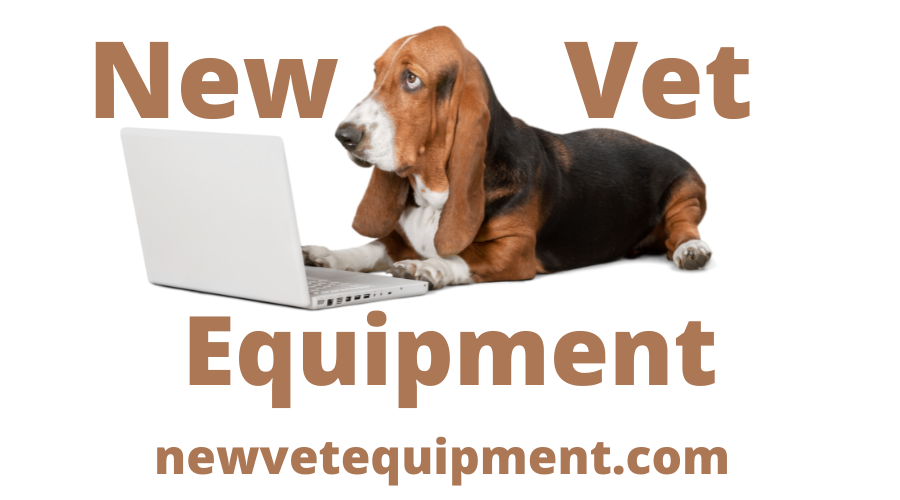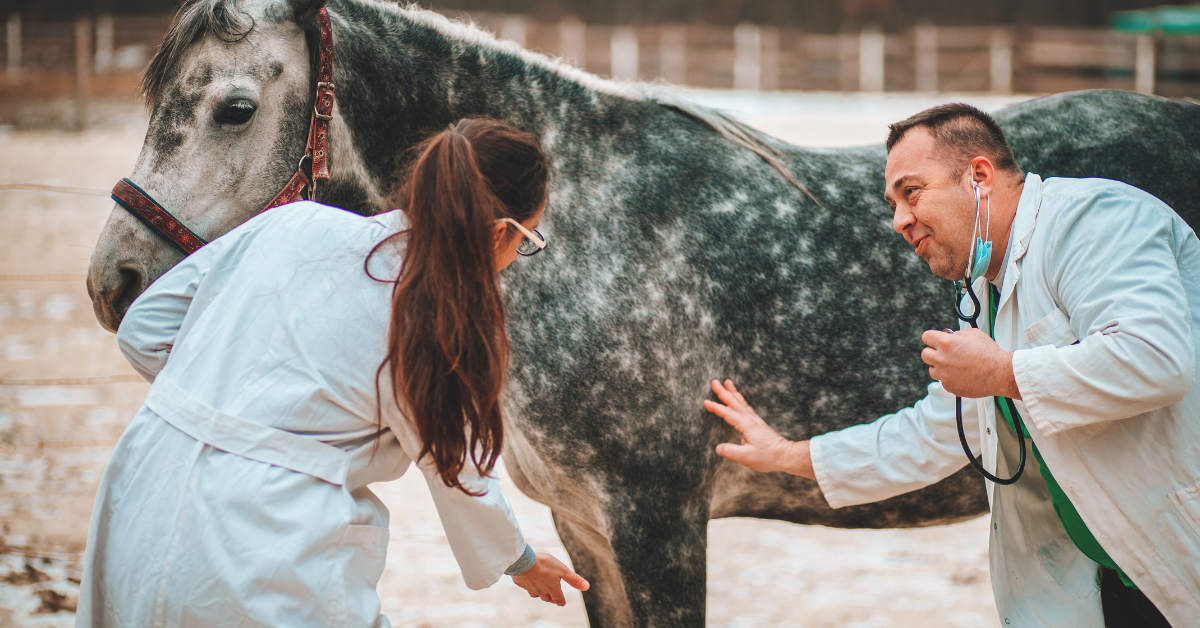An over-exposed radiograph is one in which the X-ray beam was too powerful, resulting in an excessively dark or “burnt-out” image.
Unfortunately, this can make it difficult or impossible to interpret the radiograph, which can lead to frustrating retakes or even non-diagnostic images.
Here are some important things to know about over-exposed X-rays and how to avoid them…
Why Are Over-Exposed Radiographs a Bad Thing?
Radiographs are about balance. A veterinary professional may feel like Goldilocks—wanting to avoid too few or too many X-rays passing through the patient and onto the film or sensor/plate, and instead, find the x-ray beam strength that is “just right.”
What happens otherwise?
Too few X-rays (or a beam that’s weaker) means an under-exposed (or whited out) image. Too many X-rays (a beam that’s too powerful) result in an over-exposed image.
In general, an over-exposed image may be more useful than an under-exposed image when working with physical X-ray films, thanks to the availability of hot light, an extra bright light that may allow a veterinarian to see more details when viewing an over-exposed film.
However, even a hot light can’t save a very over-exposed image. It’s always best to go for high-quality radiographs.
High-quality X-ray images are more diagnostic because they allow for the visualization of fine details that could otherwise be missed. For example, pulmonary vessels and small nodules might not be visible in an over-exposed radiograph.
How to Avoid Over-Exposed Radiographs
Improving the quality of radiographs involves troubleshooting. By figuring out WHY there is an issue with image quality, a veterinarian can most effectively improve their radiographs.
Here are some possible causes of over-exposed X-rays…
Machine errors. Sometimes, a generator, developer, or digital plate needs to be serviced in order to correct the problem.
An equipment issue may be more likely if ALL patient radiographs are showing the same issue, such as an exposure error. Keeping up with routine x-ray equipment maintenance can help to prevent this type of problem.
Technical errors. This is less common with digital machines that have preprogrammed settings.
However, it’s still possible, especially if the wrong part of the body has been selected for the study. Or, maybe the clinic has different sensors/plates with slightly differing sensitivities to the same exposure settings.
For film machines, errors in technique are common. Technique charts can help vet professionals select the best settings and reduce time-consuming retakes.
Either way, to obtain a lighter image, lower the kVp or mAs for the shot.
Operator errors. For film and digital studies alike, errors in measuring the patient are common. For example, when performing an abdominal or thoracic study, remember to take the patient’s measurement while they are lying on their side—this number could be surprisingly different from the patient’s width while standing up.
Also, the X-ray operator should remember to collimate the field. This improves the detail and reduces scatter radiation that could otherwise darken an image.
Training and practice can help veterinary team members master these protocols and obtain high-quality images.
Also, digital radiographs can help remove some potential human error (such as manually setting the technique) by automating much of the process.
Getting the exposure right the first time will help the whole team save time, reduce stress for patients and staff by avoiding frustrating retakes, and produce images of a higher diagnostic quality for excellent patient care.
Written by: Dr. Tammy Powell, DVM



